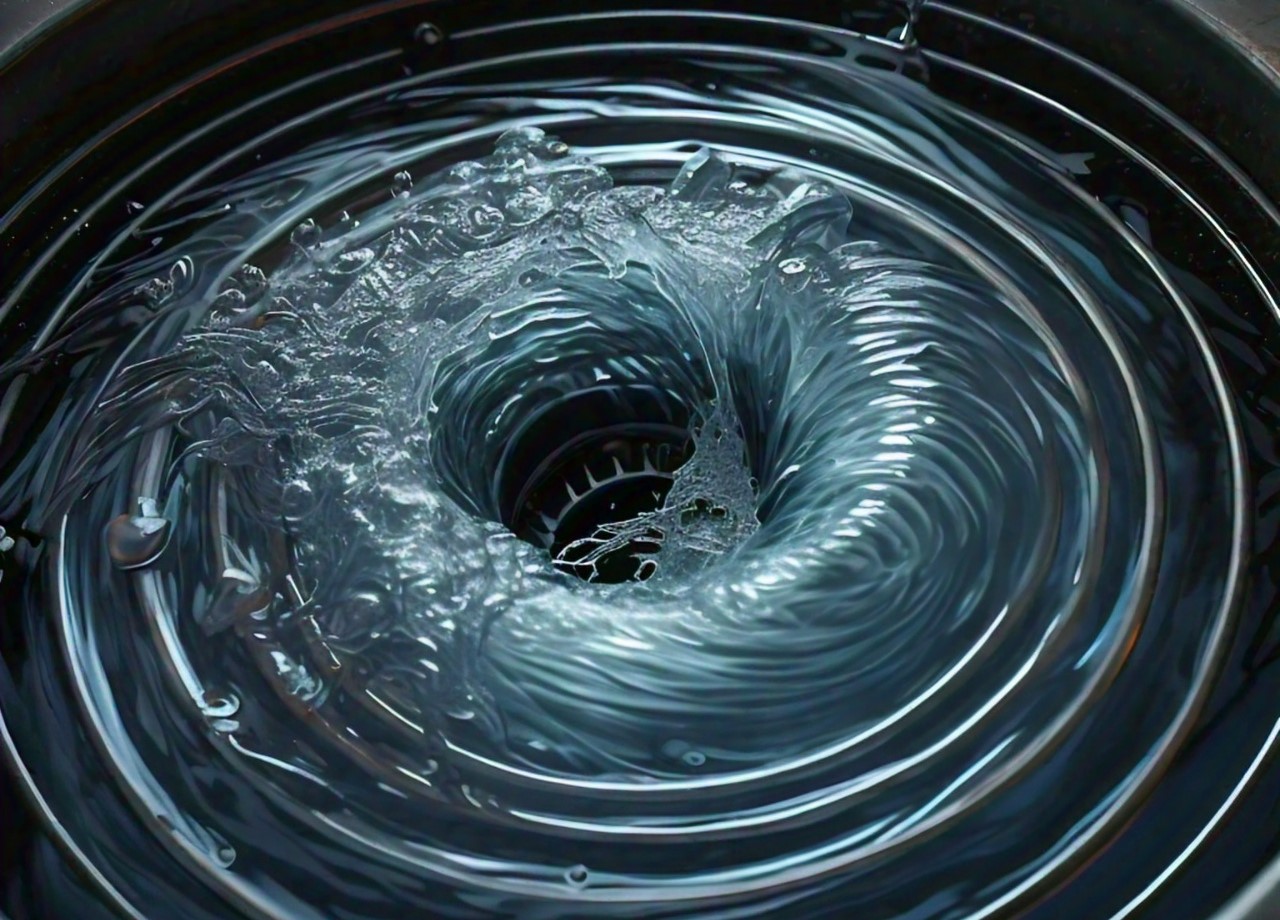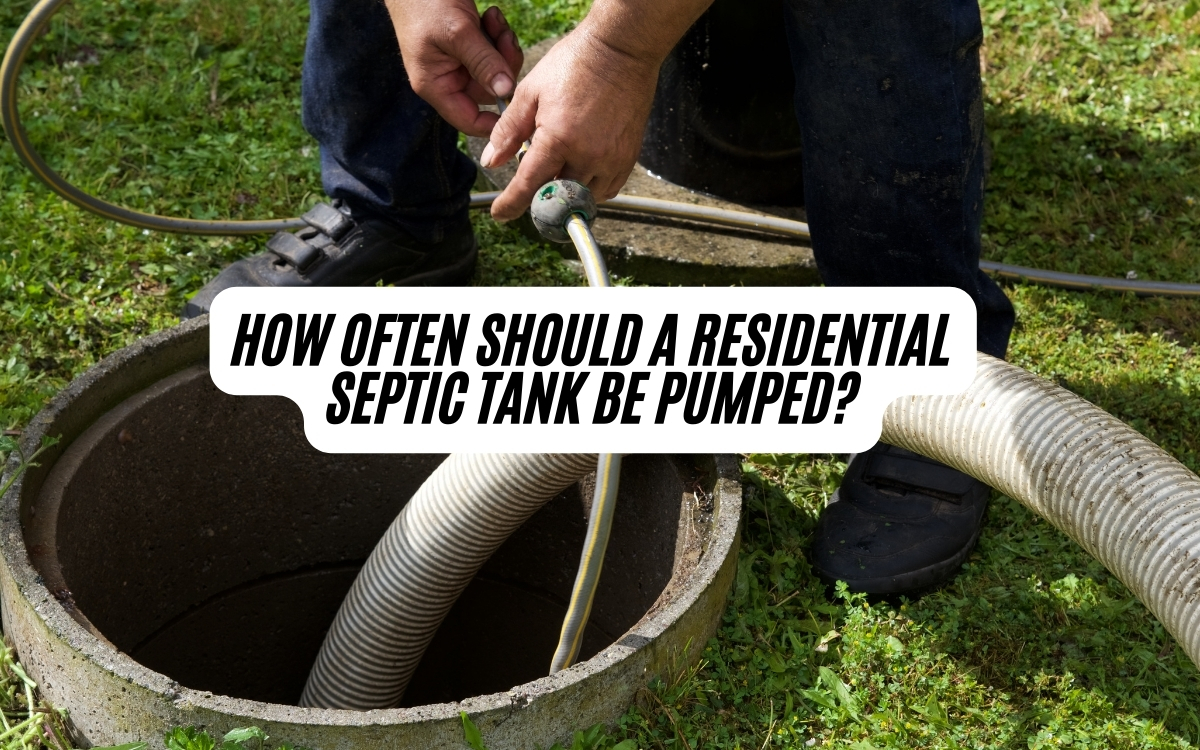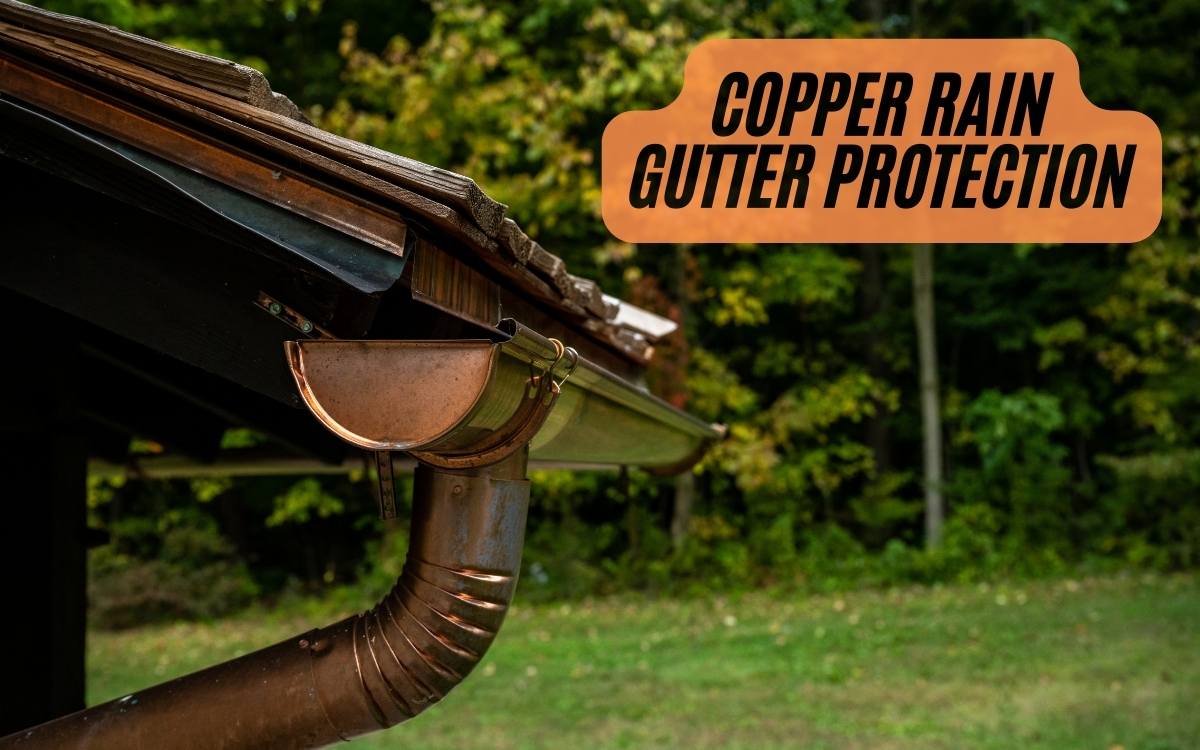Drano Danger Lurks in Clogged Drains
Failure to use Drano responsibly can lead to devastating consequences, including corrosion, water damage, and environmental harm. Leaving Drano in the drain for too long can weaken pipes, cause cracks and leaks, and damage fixtures, resulting in costly repairs and replacements. Additionally, the harsh chemicals in Drano can pose a significant threat to human health and the environment, causing chemical burns, irritation, and contamination of water sources. It is essential to understand the dangers lurking in clogged drains and take proactive measures to mitigate damage, including proper disposal, responsible use, and regular maintenance, to avoid these disastrous outcomes and safeguard your home and the planet.
Corrosive Consequences of Drano
Pipes are the unsung heroes of modern plumbing, working tirelessly behind the scenes to keep our homes running smoothly.
However, when we use Drano to clear clogs, we may unintentionally put these pipes in harm’s way. Leaving Drano in the drain for too long can cause corrosion, weakening the pipes and leading to cracks and leaks.
This can result in water damage and flooding, requiring emergency plumbing services to repair or replace damaged pipes. Corrosion can also cause pipes to become brittle, making them more prone to further damage.
Crucial to use Drano responsibly and follow the instructions carefully to avoid these corrosive consequences.
Damaging Effects on Fixtures
The fixtures in our homes, such as sinks, showers, and bathtubs, are often overlooked until they’re affected by the very products meant to solve our plumbing problems.
Leaving Drano in the drain for too long can damage these fixtures, causing corrosion and discoloration. In extreme cases, they may need to be replaced entirely, leading to costly repairs and replacements.
Regular maintenance can help prevent damage to plumbing fixtures, but if damage has already occurred, prompt intervention is vital to prevent further harm. By being aware of the damaging effects of Drano on fixtures, we can take steps to protect our homes and avoid costly repairs.
See this plumbing blog for more info.
Chemical Dangers and Precautions
Drain cleaning products like Drano can pose a significant chemical hazard when not handled properly.
The harsh chemicals in Drano can cause corrosion of pipes, leading to cracks and leaks, and damage to plumbing fixtures, resulting in costly repairs and replacements.
Additionally, skin contact with Drano can cause chemical burns and irritation, while inhaling fumes can irritate eyes, nose, and throat.
It is essential to wear gloves and follow instructions carefully to prevent accidents.
If Drano has been left in the drain too long, flush the drain with hot water, use a plunger, and call a professional plumber to assess the situation.
Always prioritize safety and take immediate action to prevent further damage.
Environmental Hazards of Drano
Leaving Drano in the drain for an extended period can have far-reaching consequences that extend beyond the confines of your home, posing a significant threat to the environment.
The product can enter the water supply and contaminate rivers and streams, harming plant and animal life and contaminating drinking water. Environmental damage can have long-term consequences for ecosystems.
It is vital to properly dispose of Drano to prevent environmental harm. Failure to do so can result in devastating effects on our planet’s delicate balance.
Mitigating Damage and Prevention
Proper disposal and responsible use of Drano are crucial to mitigating damage and preventing harm to both people and the environment.
To avoid corrosion, damage to plumbing fixtures, chemical burns, and environmental damage, it is essential to follow the instructions on the Drano product carefully and take immediate action if Drano has been left in the drain too long.
Flush the drain with hot water, use a plunger to remove remaining clogs, and call a professional plumber if necessary.
Regular maintenance can help prevent damage to plumbing fixtures, and wearing gloves when using Drano can prevent skin contact.
Professional water jetting may also be needed routinely to keep drains clean.
Frequently Asked Questions
Can I Use Drano on All Types of Pipes and Drains?
When considering using Drano, it’s vital to note that not all pipes and drains are compatible. Always check the product label and manufacturer’s instructions to verify safe usage on specific pipe materials, such as PVC, copper, or old pipes, to avoid damaging your plumbing system.
How Often Should I Use Drano to Maintain My Drains?
To maintain your drains, use Drano sparingly, as excessive usage can lead to corrosion, damage to plumbing fixtures, and environmental harm. Instead, adopt regular maintenance habits, such as monthly hot water flushing and annual professional inspections, to prevent clogs and guarantee peak drain performance.
Are There Any Natural Alternatives to Using Drano?
Natural alternatives to Drano include baking soda and vinegar, boiling water, and enzyme-based drain cleaners, which are gentler on pipes and the environment, offering a safer and more eco-friendly solution for maintaining clear drains and preventing clogs.
Can I Use Drano to Clear Clogs in My Septic System?
When considering using Drano to clear clogs in a septic system, crucially, one must exercise caution, as the harsh chemicals can harm the delicate balance of beneficial bacteria, leading to system failures and environmental contamination.
Is It Safe to Use Drano With Other Cleaning Products?
When combining Drano with other cleaning products, exercise caution to avoid adverse chemical reactions, which can exacerbate clogs, damage pipes, or create hazardous fumes; always follow product instructions and take necessary safety precautions to guarantee safe and effective usage.



